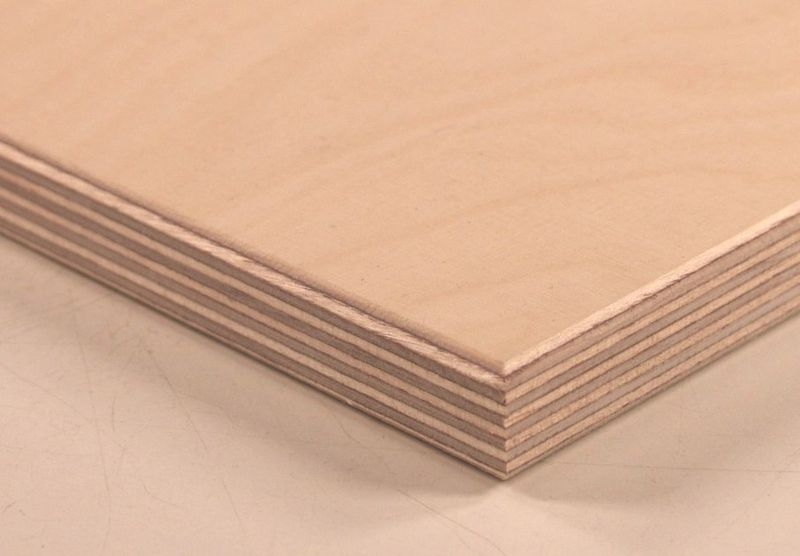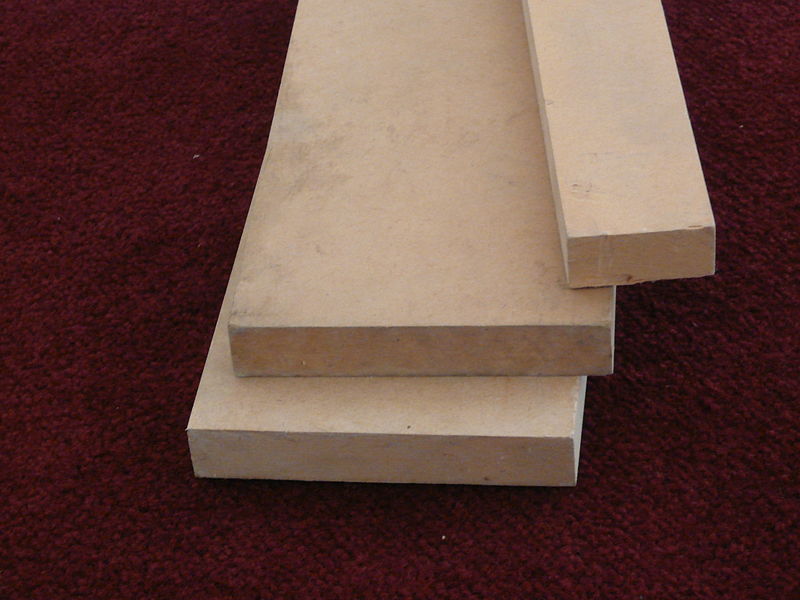Wood is a ligneous material derived from the cutting and transformation of trees.
Wood is probably the oldest material used by humans. Today, wood is still widely used, mainly in countries where it is an important natural resource, which is the case in Canada. The types of wood can be classified into two categories: hardwoods and softwoods.
| Wood type | Characteristics | Tree families | Wood application examples |
| Hardwood | High resistance and hardness |
Derived from hardwoods: maple, oak, wild cherry tree, etc. |
Furniture, floors, woodwork, etc. |
| Softwood | Low strength and low hardness |
Derived from conifers: pine, spruce, cedar, etc |
Residential construction, paper, plywood, etc. |
The trunk of trees is mainly used in the wood industry. The roots, branches, and bark have very little commercial value. Before being used as a building material and planked, wood must undergo many transformations.
There are four reasons explaining why wood is widely used in the manufacture of technical objects and in the construction industry:
-
It is easy to work with.
-
It is easy to assemble.
-
It is a good thermal insulator.
-
It does not conduct electricity.
The properties of wood will vary depending on the species of wood selected, but also on the characteristics that differentiate one tree from another. There are four main factors that can affect the properties of woods:
- the species of tree from which the wood is derived;
- the growth rate of the tree;
- the moisture content of the wood;
- injuries sustained by the tree during its growth.
The choice of the type of wood necessary to manufacture a technical object may depend on the following criteria:
- hardness (hard or soft wood);
- elasticity;
- mass (light or heavy);
- grain of the wood;
- colour (white, pink, yellow, or brown);
- tone (dark or light);
- resistance (to decomposition, wear, or pressure);
- ease of assembly and shaping;
- insulating characteristics.
Wood is a type of material that can degrade quickly. Indeed, the lifespan of wood can be shortened as it is subject to damage caused by xylophagous insects (which feed on wood) or fungi. These organisms can infest the wood, feed on it, and cause it to rot, which greatly alters its properties. Thus, rotten wood will be less hard than unrotten wood. Also, the presence of high humidity causes accelerated degradation of the wood. Under high and prolonged humidity, wood swells and cracks, making it more brittle.
Resistance to decomposition obviously varies depending on the type of wood used. However, wood can be protected against the action of organisms that degrade it by various means. For instance, it can be painted, varnished, or even coated with various protective treatments. In addition, some woods available on the market have already undergone treatment. They may have been heated to a very high temperature, or may have been soaked into a copper alkaline solution. These types of wood are known as treated wood.

Modified woods are types of wood treated or mixed with other substances to obtain a material with properties different from those of natural wood.
At times, trees found in the forest cannot directly meet our needs. For example, very few trees are large enough to produce large beams, and when they are found, they are extremely expensive. To overcome these drawbacks, it is necessary to use what is called modified wood. These mainly contain wood, but also glue, plastics, or preservatives.
The production of modified wood offers the following advantages:
- materials with more constant mechanical properties;
- materials that are more resistant to bad weather;
- manufacturing materials of larger dimensions;
- smaller trees are able to produce the materials;
- the use of wastewood and logging residues.
Several types of modified wood exist. Here are a few examples:
| Modified wood type | Composition | Advantages | Disadvantages | Examples |
| Plywood | Made by gluing together large sheets of wood so that the fibers of the sheets alternate perpendicular to each other. | Good resistance to cracking and deformation, cost efficient. | Glues contain toxic substances. |  Source |
| Particle board | Made from cutting residues mixed with glue. | Reuse of wood chips, cost efficient, uniform properties. | Glues contain toxic substances. |  Source |
| Fiberboard | Made with reduced fiber wood that is mixed with glue. | Cost efficient, easy to use, uniform properties. | Heavy, must be painted, glues containing toxic substances. |  Source |




